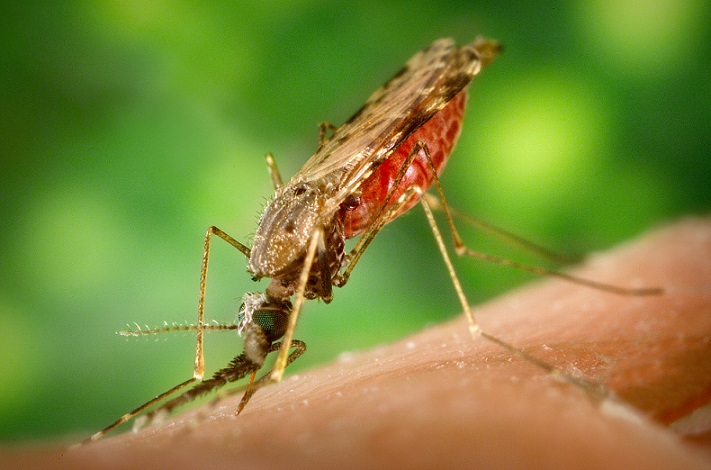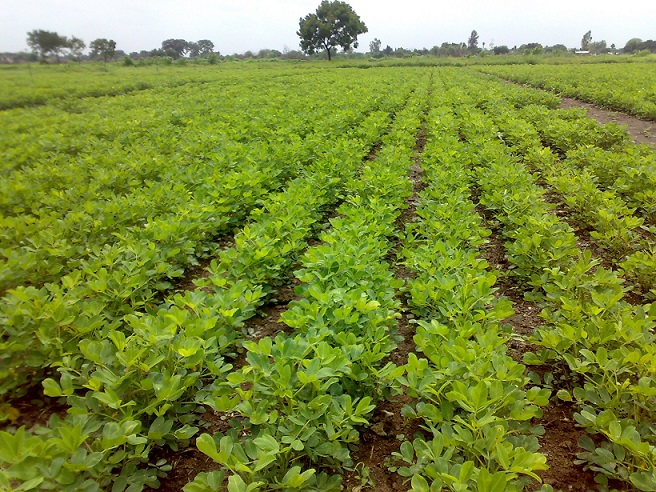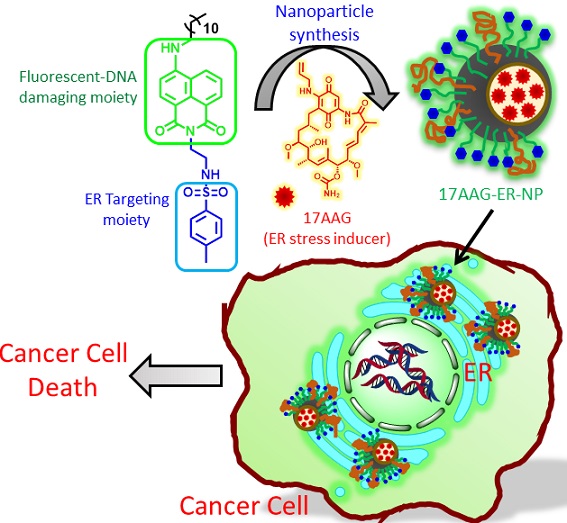
India has done fairly well when it comes to reduction of malaria cases in the country but it still carries a huge burden of malaria, says World Malaria report 2019 released by World Health Organisation (WHO). The report says “the burden in 2018 was similar to that of 2017 in all other countries, apart from in Uganda and India, where there were reported reductions of 1.5 and 2.6million malaria cases, respectively, in 2018 compared with 2017. But nearly 85% of global malaria deaths in 2018 were concentrated in 20 countries in the WHO African Region and India”. In 2018, there were an estimated 405000 deaths from malaria globally, compared with 416000 estimated deaths in 2017, and 585000 in 2010 the report says.
Three countries accounted for 98% of the total reported cases in the south east region, the main contributor being India (58%), followed by Indonesia (30%) and Myanmar (10%). Despite being the highest burden country of the region, India showed a reduction in reported cases of 51% compared with 2017 and of 60% compared with 2016.
In India, only seven out of 36 states and union territories accounted for 90% of the estimated cases in 2018. In these seven states, there were large reductions in malaria cases in 2018 compared with 2010, from a total of 14.3 million cases to 5.7 million cases. For most other countries, however, the rates of reductions were generally slower in the past 3 years than in preceding years.
" Three countries accounted for 98% of the total reported cases in the south east region, the main contributor being India (58%), followed by Indonesia (30%) and Myanmar (10%). "
Globally, 53% of the P.vivax burden is in the South-East Asia Region, with the majority being in India (47%). The South-East Asia Region continued to see its incidence rate fall – from 17 cases of the disease per 1000 population at risk in 2010 to five cases in 2018 (a 70% decrease).
Over 50% of all cases globally were accounted for by Nigeria (25%), followed by the Democratic Republic of the Congo (12%), Uganda (5%), and Côte d'Ivoire, Mozambique and Niger (4% each). The report says that notable increases were seen in Ghana (8% increase, 0.5 million more cases) and Nigeria (6% increase, 3.2million more cases). Malaria deaths reduced from about 400000 in 2010 to about 260000 in 2018, the largest reduction being in Nigeria, from almost 153000 deaths in 2010 to about 95000 deaths in 2018.
The report also pointed out the first line of treatment policy for all the countries included in the report. For India it says that it includes artemether-lumefantrine (AL) and artesunate-sulfadoxine-pyrimethamine (AS-SP). India has extensively monitored the efficacy of AS-SP and found treatment failure rates ranging from 0% to 21.4%. Failure rates above 10% in north-eastern parts of India led to the treatment policy in this region changing to AL. All studies conducted for AL in India between 2011 and 2017 found treatment failure rates to be less than 10%.
The World Health Organization’s (WHO’s) World malaria report 2019 summarizes global progress in the fight against malaria up to the end of 2018. This is the fourth world malaria report since the launch of the WHO Global technical strategy for malaria 2016–2030.
India Science Wire











